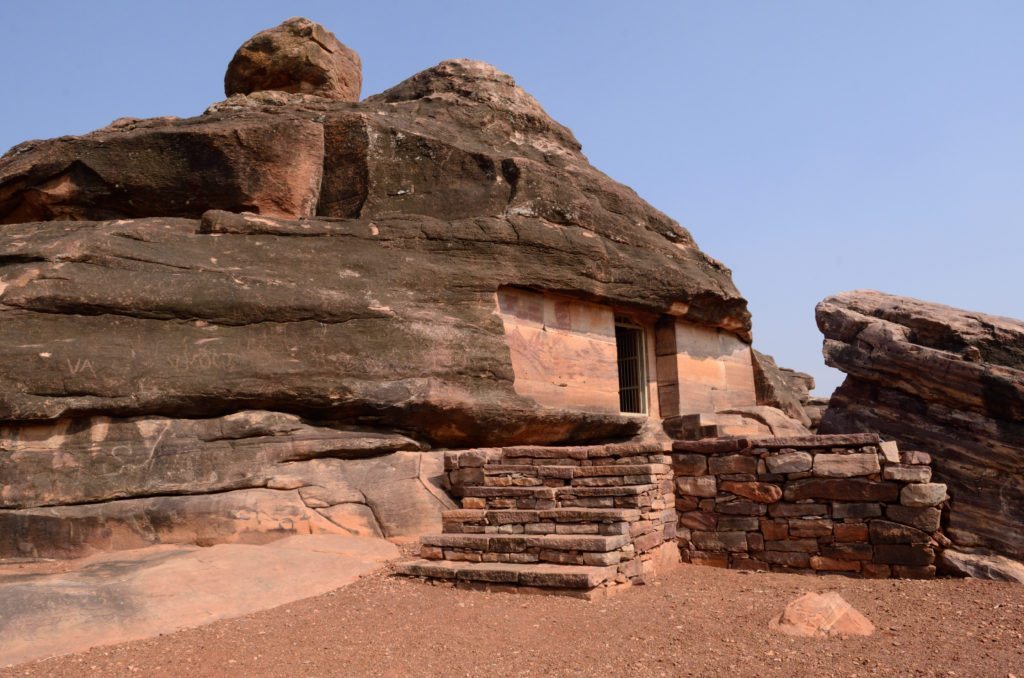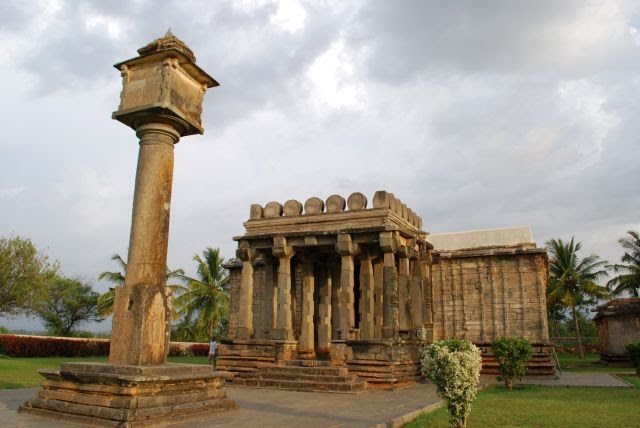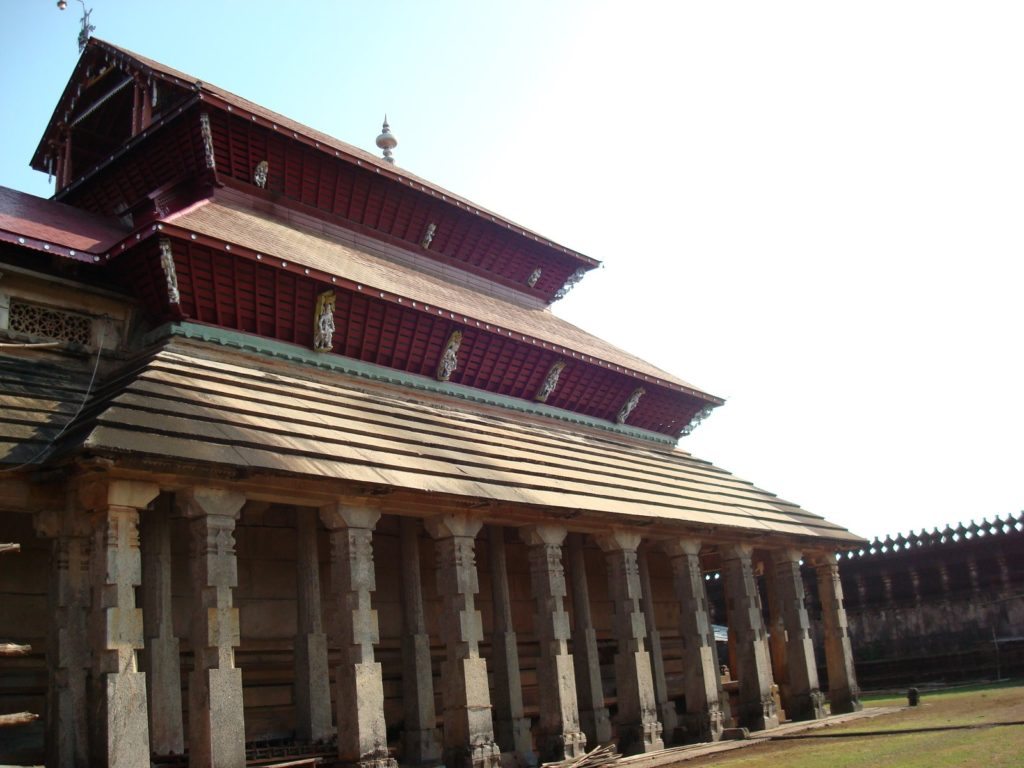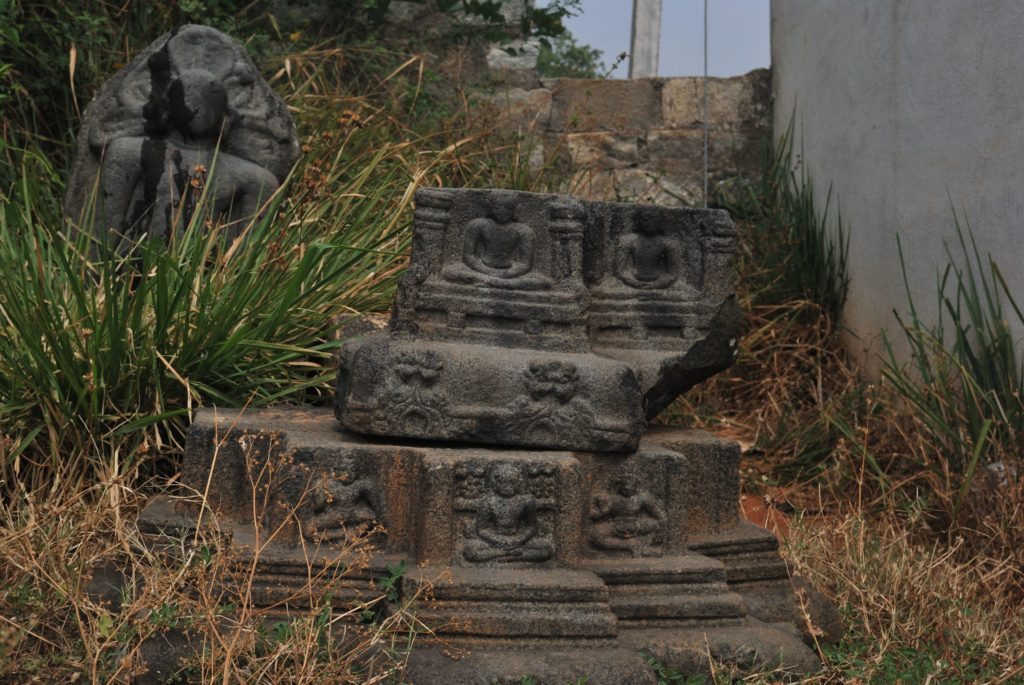Lakshmi Sharath |
| Five Jain temples in Karnataka that you must visit Posted: 18 Apr 2016 07:30 PM PDT Five Jain temples in Karnataka India I have always been fascinated by Jaina sites. They are not just ancient but are usually in very remote destinations – atop hillocks or in caves. I even did a short course on how Jainism spread to South India and was surprised to learn that the Tamil Jains are an indigenous community. The first time I had ever been to Jaina site was to Shravanbelgola, when I was a child. But I started exploring the basadis in Karnataka when I went on a Hoysala trail. I have not been to many places but here are some that are my favourites in Karnataka. Some of them are in ruins, some are popular pilgrimage sites, some are ancient centres , some are tourist spots – lets revisit five Jain temples in Karnataka India today. The Cave Temple in Badami Glittering in red are the rugged outcrop of sandstone as the sun’s evening rays in the Chalukyan town of Badami. And these mountains are hiding many a temple and an inscription carved in them. But it the Badami Caves that grab your attention. The town was founded by Pulekshi 1 who built the fort while the rock cut cave temples were carved by his sons, Kirtivarman 1 and Mangalesha. Badami was earlier known as Vatapi and the Chalukyas were constantly warring with the Pallavas in the South.  The Jaina Cave in Badami There are four caves in Badami and we are in the last one, looking at the Agastya Lake framed by the craggy outlines of the rocks. esides Mahaveera and Parshavnatha, one can see carvings of Teerthankaras, Yakshas and Yakshis besides Bahu Bali on the walls. While the other caves were built in the 6th century, this was probably built later. Read more – A visit to the Badami Caves. The Cave temple in Aihole There are several monuments in Aihole located near Badami and while I can spend days here, this is one of my favourite cave temples. Although the Meguti temple is more popular as a monument here, I found a certain peace here. It is remote, quiet and has an aura of mystery around it. One of the oldest rock cut cave temples, it probably dates back to 6th-7th centuries I climb a small rock and open the door of the cave to find it richly decorated with carvings, some of them not complete. You can see carvings of Parshvanatha and Bahubali with female consorts.  Jain Cave Temple – Aihole The cave opens into a porch that leads to a square hall with multiple small chambers. In the centre is a seated Teerthankara, flanked by guardians. The ceiling is ornate with relief patterns of lotus petals and other mythical creatures. Read more – Photo feature – Monuments of Aihole – Part 1 Photo feature – Monuments of Aihole – Part 2 Dwarasamudra or Halebeed The entire Hoysala trail was filled with several temples and basadis that were Jain monuments . It is believed that Bittideva was converted into a Vaishnavite and he became Vishnuvardhan but his wife Shantala devi still remained a Jain. But during the Hoysala regime, religion probably did not matter. There were basadis and temples, dedicated to both Shiva and Vishnu were built. If Belur was dedicated to Chennakesava, Halebeed was dedicated to Hoysaleshwara.  Basadihalli near Halebeed But Basadihalli close by is dedicated to Parshwanatha, Shantinatha and Adinatha. These were built in memory of Ganga Raja, the army commander by his son, Boppadeva. The 16 feet tall sculpture of Parshwanatha with the four teerthankaras was a highlight of this basadi while the ornate pillars reminded you of the glory of the Hoysalas. Another tall pillar with a sculpture of Brahma stood outside one of them while the ancient well here was almost dry. Read more How Dwarasamudra became Halebeed Moodabidri This was probably one of the first destinations I had ever visited – even prior to the Hoysala trail. Located close to Mangalore, enroute to Sringeri, I must have crossed this town several times , but it is the first time I stopped at the Tribhuvana Tilaka Chudamani basadi, meaning the crest jewel of the three worlds. The locals and the tourist books refer to it as the thousand pillar temple or the Savira Kambada Basadi.  Moodabidri – the thousand pillar basadi There are no records here , but we heard that it was built at the instance of local chieftain , Devaraya Wodeyar in the 15th century. The basadi houses a tall bronze image of Lord Chandranatha Swami, the 8th Tirthankara . The thousand pillar basadi is a three storey symmetric structure and looks like poetry carved in granite . Read more – Moodabidri, a thousand pillar basadi Begur Closer home, Begur is one of the suburbs of Bangalore but has a historic claim that it houses an inscription that mentions “Bengaluru” for the first time. However while I went looking for a piece of stone, I was also interested in finding the ruins of an old basti right here. An old photograph with a headless statue was my clue. The land of the Gangas, Begur is filled with temples with hero stones, an old mud fort and several inscriptions besides the historic “Bengaluru” inscription.  Ruins of a Jain Basti in Begur I finally found the sculptures were out in the open , seated amidst thorny bushes. There was a headlless Teerathankara along with another idol of Parshwanatha lying in the undergrowth .Nobody could tell us if it had been a basti , but the sculptures had been long enough to watch the land around them shrink , as houses and colonies were built here , shoving them into a corner plot of land. It was sad to see them languishing away in the sun, lying lost in the thorny bushes. Read more Have you been to any of these monuments or would you like to recommend any Jain site in Karnataka that I should visit ?
The post Five Jain temples in Karnataka that you must visit appeared first on Lakshmi Sharath. |
| You are subscribed to email updates from Lakshmi Sharath. To stop receiving these emails, you may unsubscribe now. | Email delivery powered by Google |
| Google Inc., 1600 Amphitheatre Parkway, Mountain View, CA 94043, United States | |





